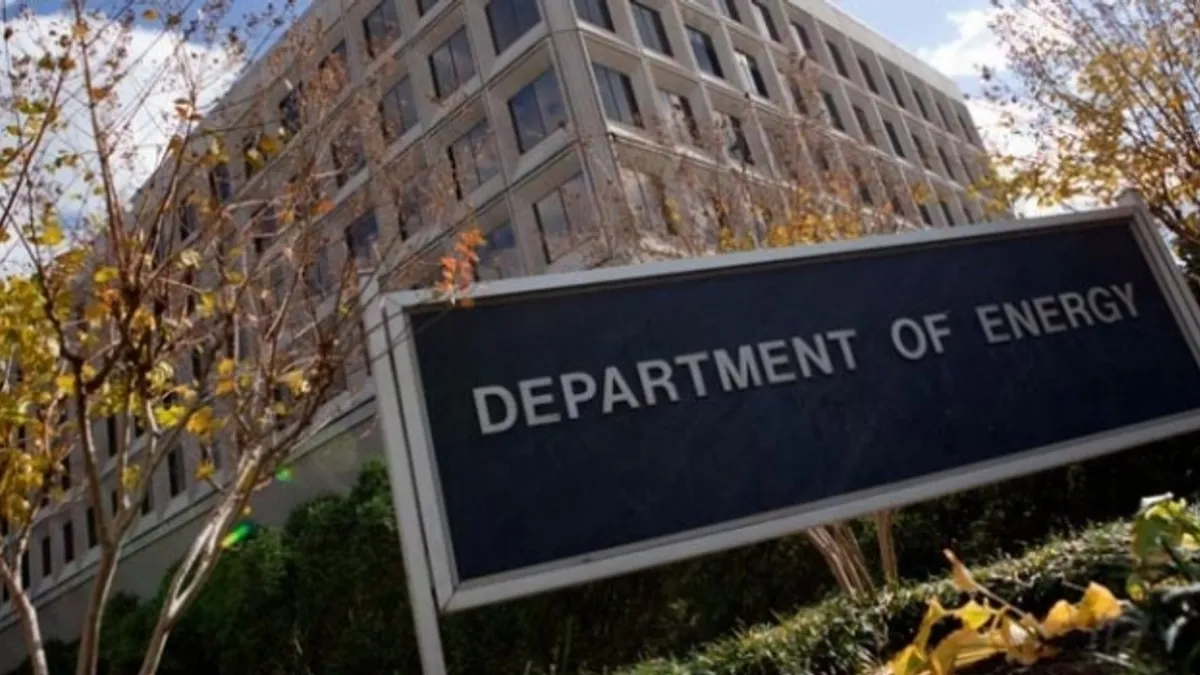Dive Brief:
- The U.S. Department of Energy (DOE) on Thursday announced up to $30 million in federal funding for research into carbon dioxide (CO2) capture technologies, specifically solvent, sorbent and membrane technologies that could help keep coal-fired generation competitive.
- President Donald Trump campaigned hard on saving the coal industry and often talks of clean coal, but the costs of capture technology have been high enough to keep utilities from embracing it.
- DOE said the new funding opportunity aims to directly address such limitations by supporting development of "technologies that can significantly reduce the cost of CO2 capture from coal-fired power plants."
Dive Insight:
The White House is not letting up on its efforts to turn around the decline of coal-fired power plants.
Though direct efforts to keep plants from closing have so far stayed under wraps, Trump has been able to ease some regulations on coal plants and his administration continues to support research in the sector. A year ago, Secretary of Energy Rick Perry announced $36 million in funding for advanced carbon capture technologies.
About a month later, DOE made $26 million available for projects under an Office of Fossil Energy funding opportunity announcement named "Novel and Enabling Carbon Capture Transformational Technologies." The announcement last week would bring the total funding under that title to $56 million.
The funding opportunity is specific about what projects it is looking for within the technology subtopics.
For solvents, projects must "support the development of high-performance capture systems via the design of new solvents and solvent mixtures with the necessary property combinations to lead to transformational technology development."
For sorbents, which can absorb liquids and gases, DOE said it wants to support development of "tailor-made sorbent materials targeted to specific carbon capture applications," as well as development of sorbent materials that show high levels of reactivity and recyclability.
Research involving membranes will include the development of new materials with "improved performance, while development of new process designs should reduce pressure drop and energy consumption."
Hybrid systems are also eligible, DOE said, adding that the three technology types eligible for funding are capable of bringing about "revolutionary step-change reductions in carbon dioxide capture costs and energy penalties."
Earlier this year, Congress passed an extension of the 45Q carbon capture tax credit, but the incentive has not garnered much enthusiasm from power generators, who lack sufficient policy drivers to reduce their emissions as the technology is still too expensive.














